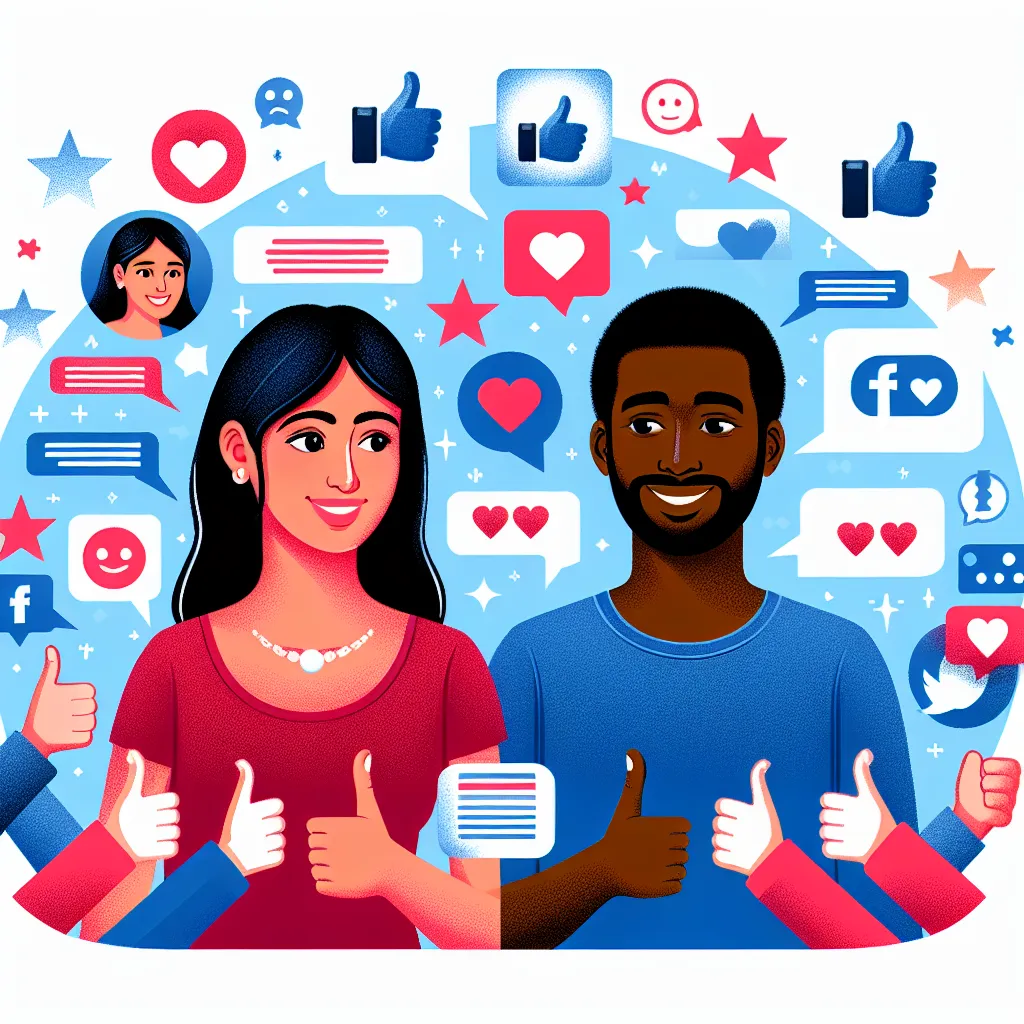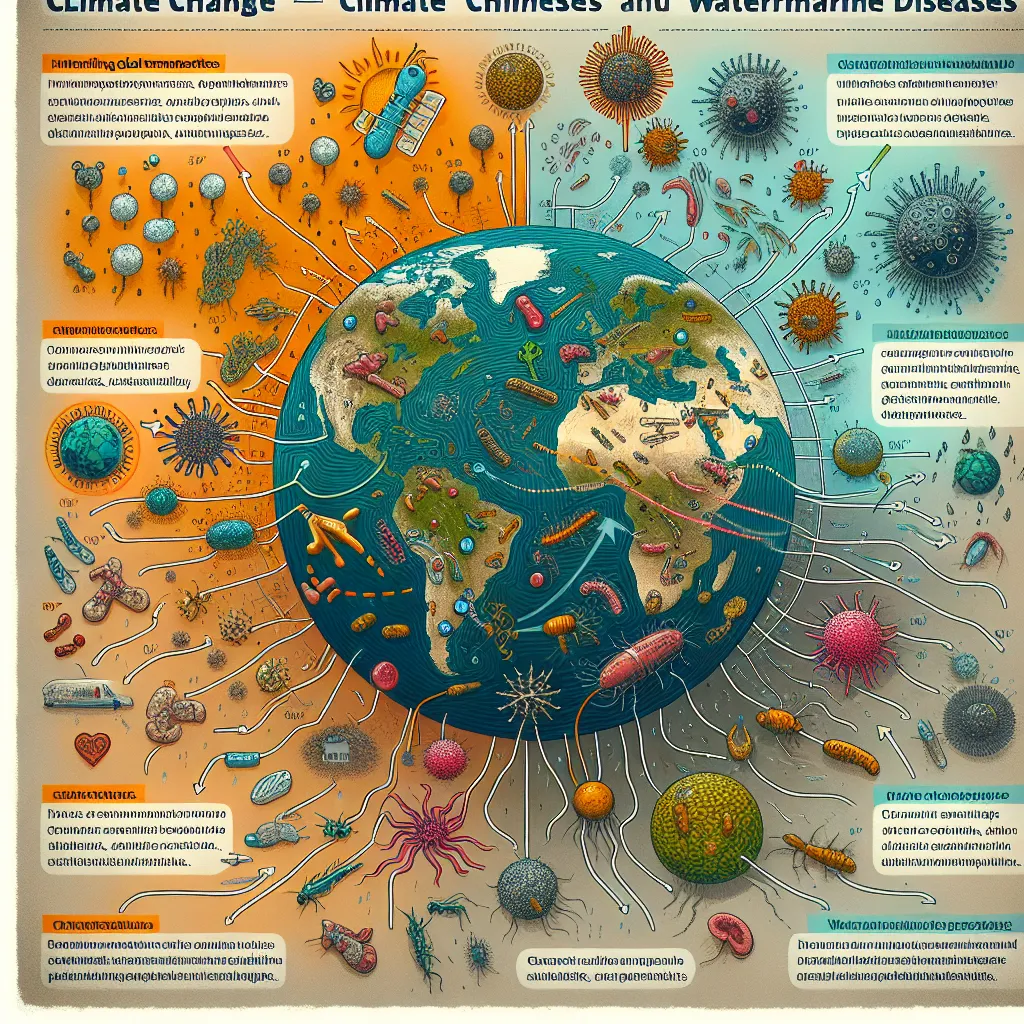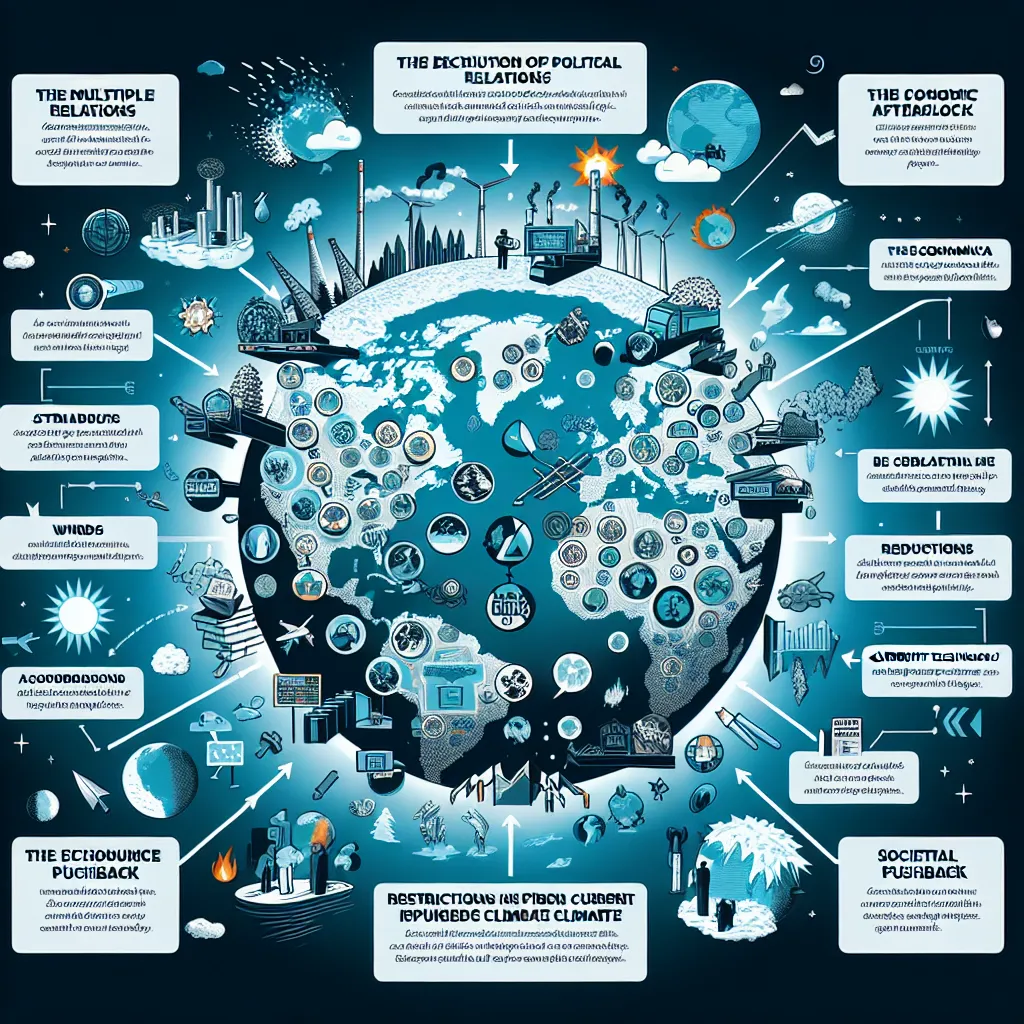The IELTS Reading section is a crucial component of the test, assessing your ability to comprehend complex texts and extract relevant information. Today, we’ll focus on a topic that has become increasingly prevalent in recent years: “Social media’s impact on personal relationships.” This subject has appeared in various forms in past IELTS exams and, given its ongoing relevance, is likely to resurface in future tests.
Based on data analysis from the internet, this topic has shown a consistent presence in IELTS Reading passages over the past decade. Its popularity stems from the pervasive influence of social media in our daily lives and its profound effects on how we interact with others. As social media continues to evolve and shape our society, it’s highly probable that you’ll encounter a similar theme in your IELTS Reading test.
Let’s dive into a practice reading passage and questions to help you prepare for this potential topic.
Reading Passage
The Double-Edged Sword of Social Media in Relationships
Social media has revolutionized the way we connect and communicate, profoundly impacting our personal relationships. While these platforms offer unprecedented opportunities for maintaining and forming connections, they also present unique challenges that can strain interpersonal bonds.
One of the most significant advantages of social media is its ability to bridge geographical gaps. Friends and family members separated by vast distances can now stay in touch with ease, sharing life updates, photos, and experiences in real-time. This constant connectivity can strengthen long-distance relationships and help people maintain a sense of closeness despite physical separation.
Moreover, social media platforms have expanded our social circles, allowing us to connect with like-minded individuals from diverse backgrounds. Many people have formed meaningful friendships and even romantic partnerships through these digital channels, broadening their social horizons beyond traditional boundaries.
However, the impact of social media on relationships is not uniformly positive. The constant exposure to carefully curated representations of others’ lives can foster feelings of inadequacy and jealousy. Users often compare their own lives to the highlight reels posted by their peers, leading to unrealistic expectations and dissatisfaction with their own relationships.
Additionally, the ease of communication provided by social media can paradoxically lead to a decline in the quality of interactions. Many individuals find themselves engaging in superficial exchanges online rather than having deep, meaningful conversations in person. This shift can result in a sense of disconnection and emotional distance, even among those who are physically close.
The issue of privacy and trust has also emerged as a significant concern in the age of social media. The public nature of many online interactions can lead to misunderstandings and conflicts within relationships. Couples may disagree about what is appropriate to share online, and the visibility of past relationships or interactions with others can spark jealousy and insecurity.
Furthermore, the addictive nature of social media platforms can detract from quality time spent with loved ones. Many people find themselves compulsively checking their devices, even during face-to-face interactions, leading to a phenomenon known as “phubbing” – snubbing someone in favor of a mobile phone. This behavior can create feelings of neglect and resentment in relationships.
Despite these challenges, it’s important to note that the impact of social media on relationships largely depends on how individuals choose to use these platforms. When used mindfully, social media can enhance communication, foster connections, and provide support networks. The key lies in striking a balance between online and offline interactions, and being aware of the potential pitfalls of excessive social media use.
As we continue to navigate this digital landscape, it’s crucial to develop healthy habits around social media use. This includes setting boundaries, practicing digital detoxes, and prioritizing face-to-face interactions. By doing so, we can harness the positive aspects of social media while mitigating its negative effects on our personal relationships.
In conclusion, social media has undeniably transformed the landscape of personal relationships. While it offers new avenues for connection and communication, it also presents challenges that can strain interpersonal bonds. As we move forward in this digital age, the onus is on individuals to use these platforms responsibly and mindfully, ensuring that they enhance rather than detract from the quality of our relationships.
 Social media impact on relationships
Social media impact on relationships
Questions
True/False/Not Given
For questions 1-5, read the statements below and decide if they are True, False, or Not Given based on the information in the passage.
- Social media allows people to maintain close relationships despite geographical distances.
- All relationships formed through social media are superficial and lack depth.
- Comparing one’s life to others’ social media posts can lead to feelings of inadequacy.
- Social media addiction is more common among younger users than older ones.
- Setting boundaries for social media use can help mitigate its negative effects on relationships.
Multiple Choice
Choose the correct letter, A, B, C, or D for questions 6-10.
-
According to the passage, what is one positive aspect of social media in relationships?
A) It eliminates all communication barriers
B) It allows people to connect with diverse individuals
C) It guarantees stronger friendships
D) It replaces the need for face-to-face interactions -
The term “phubbing” refers to:
A) Sharing too much personal information online
B) Ignoring someone in favor of using a mobile phone
C) Creating fake online profiles
D) Stalking someone’s social media accounts -
What does the passage suggest about the quality of online interactions?
A) They are always more meaningful than face-to-face conversations
B) They can sometimes be superficial compared to in-person interactions
C) They have no impact on real-life relationships
D) They are the preferred method of communication for most people -
Which of the following is mentioned as a potential source of conflict in relationships due to social media?
A) Differences in political views
B) Disagreements about appropriate online sharing
C) Competition for followers
D) Unequal access to technology -
The passage concludes that the impact of social media on relationships:
A) Is entirely negative and should be avoided
B) Depends on how individuals choose to use these platforms
C) Is the same for all users regardless of their habits
D) Can be eliminated by government regulations
Matching Headings
Match the following headings to the paragraphs in the passage. Choose the correct heading from the list A-I for paragraphs 11-15. There are more headings than paragraphs, so you will not use them all.
A) The addiction to social media platforms
B) Geographical limitations overcome
C) The rise of online dating
D) Privacy concerns in the digital age
E) Expanding social circles through technology
F) The comparison trap on social media
G) Balancing online and offline interactions
H) The decline of face-to-face communication
I) The future of social media and relationships
- Paragraph 2 ___
- Paragraph 3 ___
- Paragraph 5 ___
- Paragraph 7 ___
- Paragraph 9 ___
Answer Key and Explanations
True/False/Not Given
- True – The passage states, “Friends and family members separated by vast distances can now stay in touch with ease.”
- Not Given – The passage doesn’t make this generalization about all relationships formed through social media.
- True – The text mentions, “Users often compare their own lives to the highlight reels posted by their peers, leading to unrealistic expectations and dissatisfaction.”
- Not Given – The passage doesn’t compare social media addiction rates between age groups.
- True – The conclusion suggests “setting boundaries” as a way to develop healthy habits around social media use.
Multiple Choice
- B – The passage mentions that social media allows people to “connect with like-minded individuals from diverse backgrounds.”
- B – The text defines phubbing as “snubbing someone in favor of a mobile phone.”
- B – The passage states that online interactions can be “superficial exchanges” compared to “deep, meaningful conversations in person.”
- B – The text mentions “Couples may disagree about what is appropriate to share online” as a potential source of conflict.
- B – The conclusion states that the impact “largely depends on how individuals choose to use these platforms.”
Matching Headings
- B – This paragraph discusses how social media helps overcome geographical distances in relationships.
- E – This paragraph talks about how social media expands our social circles.
- H – This paragraph discusses the decline in quality of interactions due to social media.
- A – This paragraph focuses on the addictive nature of social media and its impact on relationships.
- G – This paragraph emphasizes the importance of balancing online and offline interactions.
Common Mistakes to Avoid
- Overgeneralizing: Be cautious about applying statements to all cases when the passage only suggests a trend or possibility.
- Mixing up similar concepts: Pay attention to subtle differences, like the distinction between “decline in quality of interactions” and “decline in face-to-face communication.”
- Inferring beyond the text: Avoid drawing conclusions that aren’t directly supported by the passage, especially for Not Given questions.
- Misinterpreting cause and effect: Be clear about what the passage presents as causes and effects of social media use in relationships.
- Overlooking key phrases: Words like “can,” “may,” and “often” are important in determining the strength and universality of statements.
Vocabulary
- Revolutionized (verb) /ˌrevəˈluːʃənaɪzd/ – To change something completely and fundamentally
- Interpersonal (adjective) /ˌɪntəˈpɜːsənl/ – Relating to relationships or communication between people
- Curated (adjective) /ˈkjʊəreɪtɪd/ – Carefully chosen and organized
- Paradoxically (adverb) /ˌpærəˈdɒksɪkli/ – In a seemingly contradictory manner
- Phubbing (noun) /ˈfʌbɪŋ/ – The practice of ignoring one’s companion or companions in order to pay attention to one’s phone or other mobile device
Grammar Focus
Pay attention to the use of conditional sentences in the passage, such as:
“When used mindfully, social media can enhance communication, foster connections, and provide support networks.”
This is an example of a first conditional sentence, used to talk about real and possible situations in the present or future. The structure is:
If/When + present simple, … will/can + infinitive
Practice forming similar sentences about the potential effects of social media on relationships.
Tips for IELTS Reading Success
- Time management: Practice with timed readings to improve your speed and efficiency.
- Skimming and scanning: Develop these skills to quickly locate relevant information in the passage.
- Vocabulary building: Regularly learn new words and phrases related to technology and relationships.
- Practice active reading: Engage with the text by predicting, questioning, and summarizing as you read.
- Familiarize yourself with question types: Understanding the format of different question types will help you approach them more effectively.
- Pay attention to transition words: These can help you understand the structure and flow of ideas in the passage.
- Don’t rely on prior knowledge: Base your answers solely on the information provided in the passage.
Remember, success in the IELTS Reading section comes with consistent practice and a strategic approach. Keep working on your skills, and you’ll see improvement over time.
For more practice on IELTS Reading, you might find these related articles helpful:
- Cultural Influence of Social Media
- How Does Social Media Influence Global Communication?
- The Influence of Social Media on Youth Behavior
These resources can provide additional context and practice materials related to the impact of social media on various aspects of our lives, which could be valuable for your IELTS preparation.


